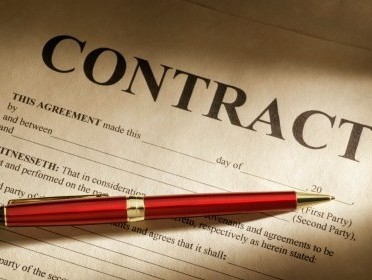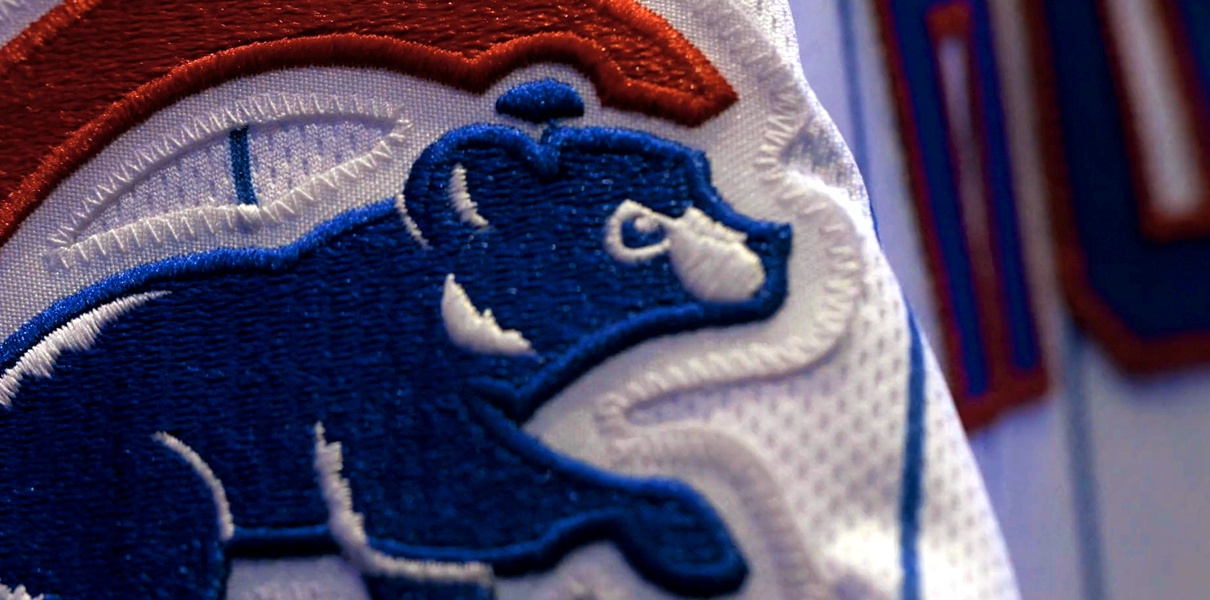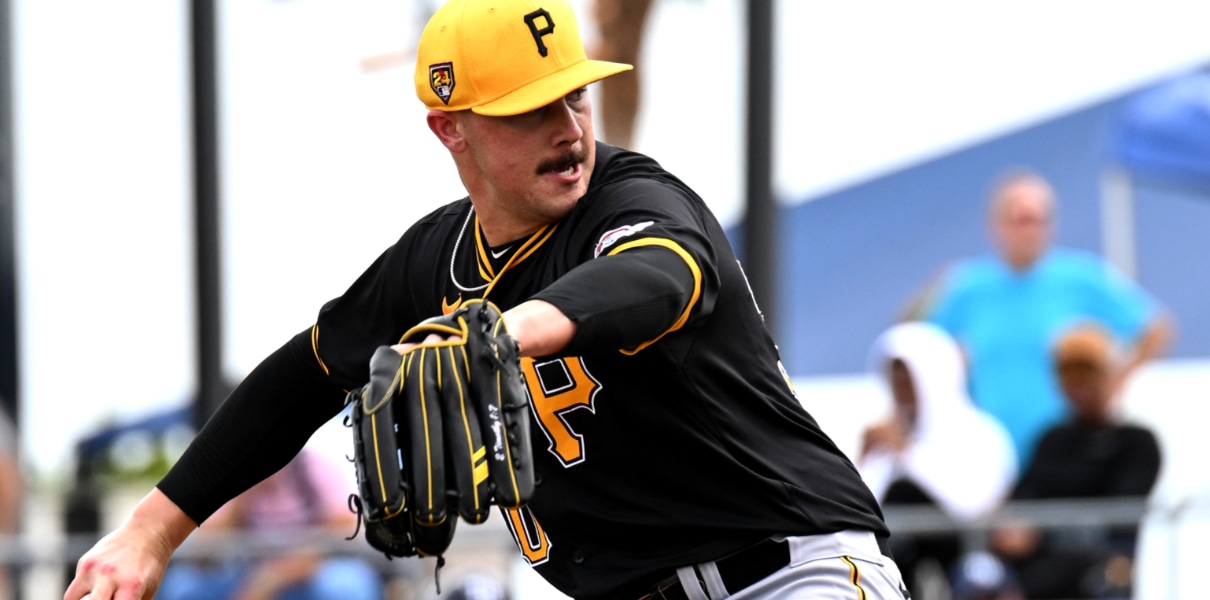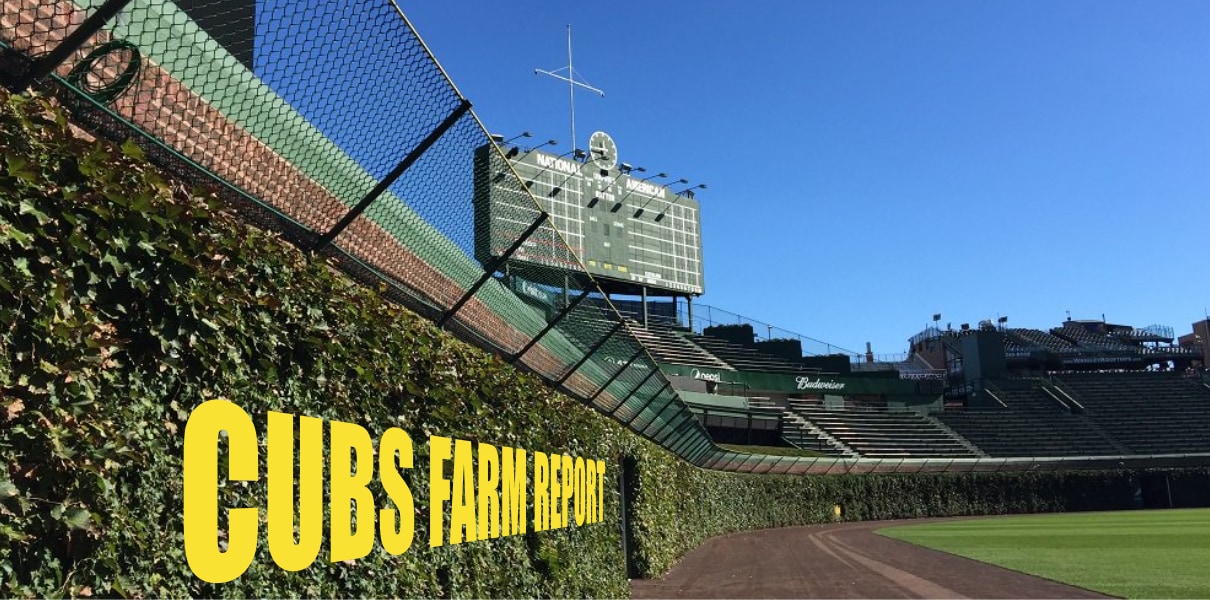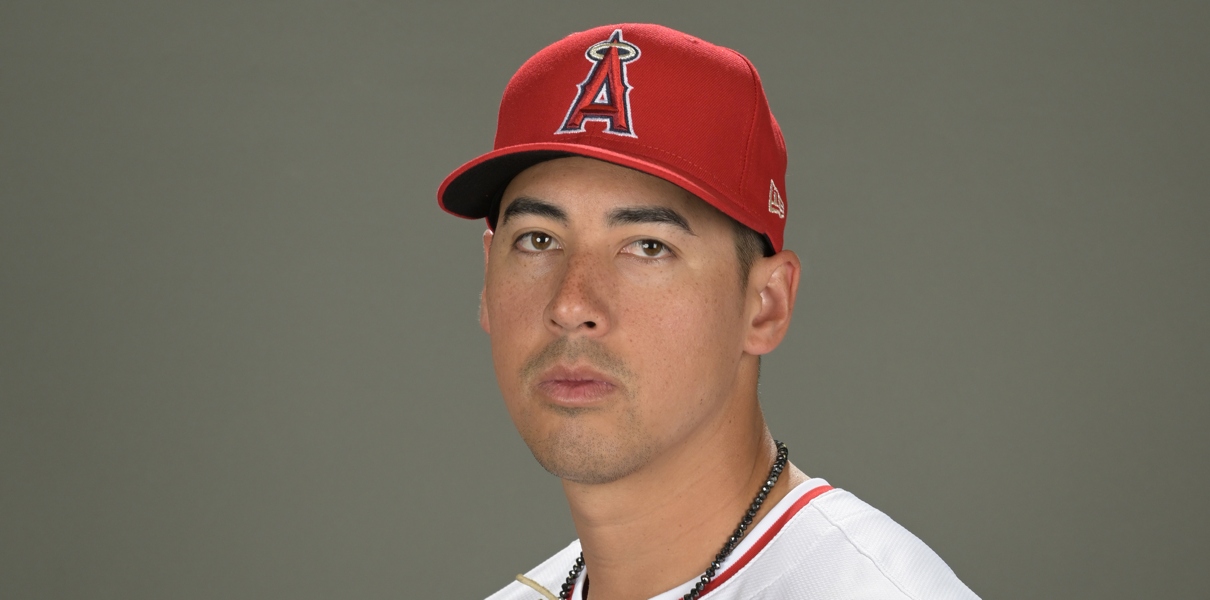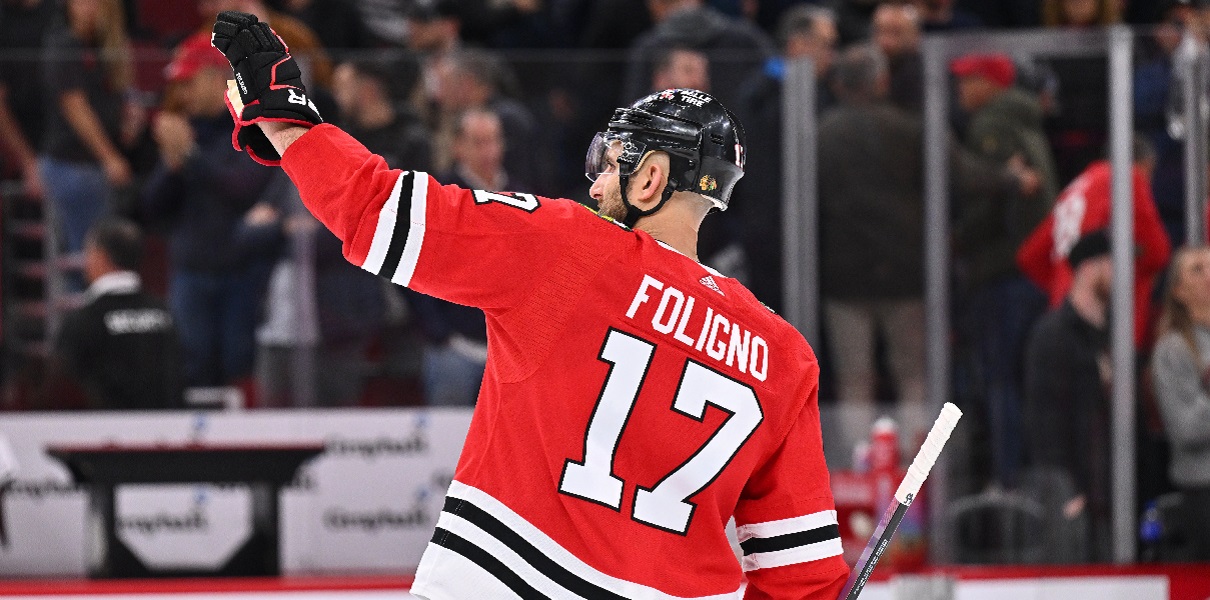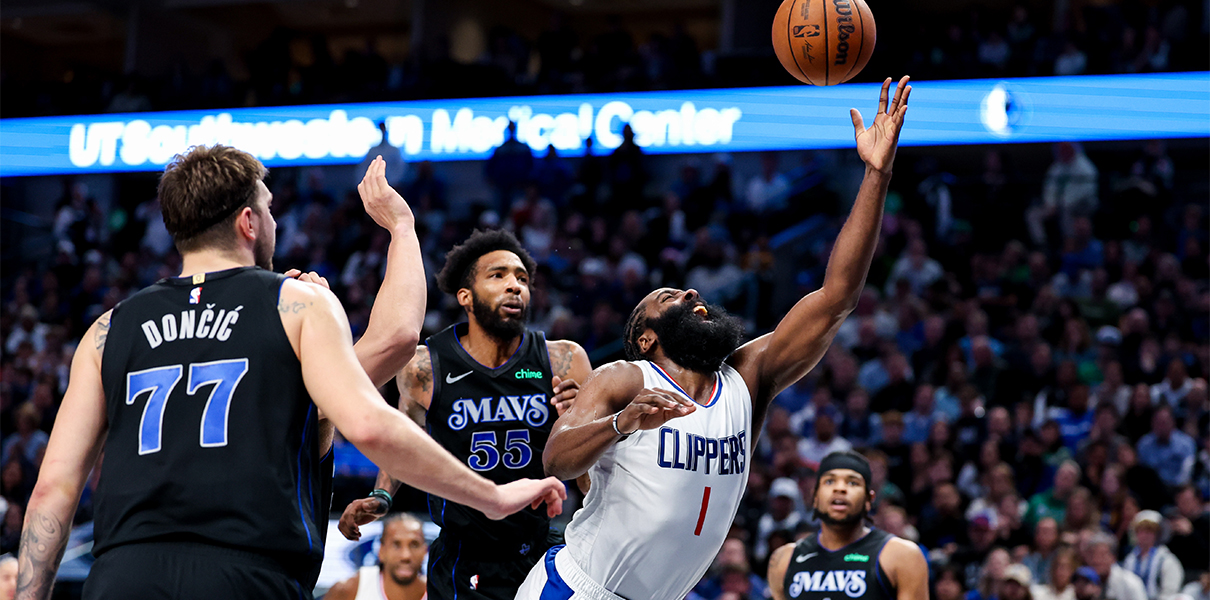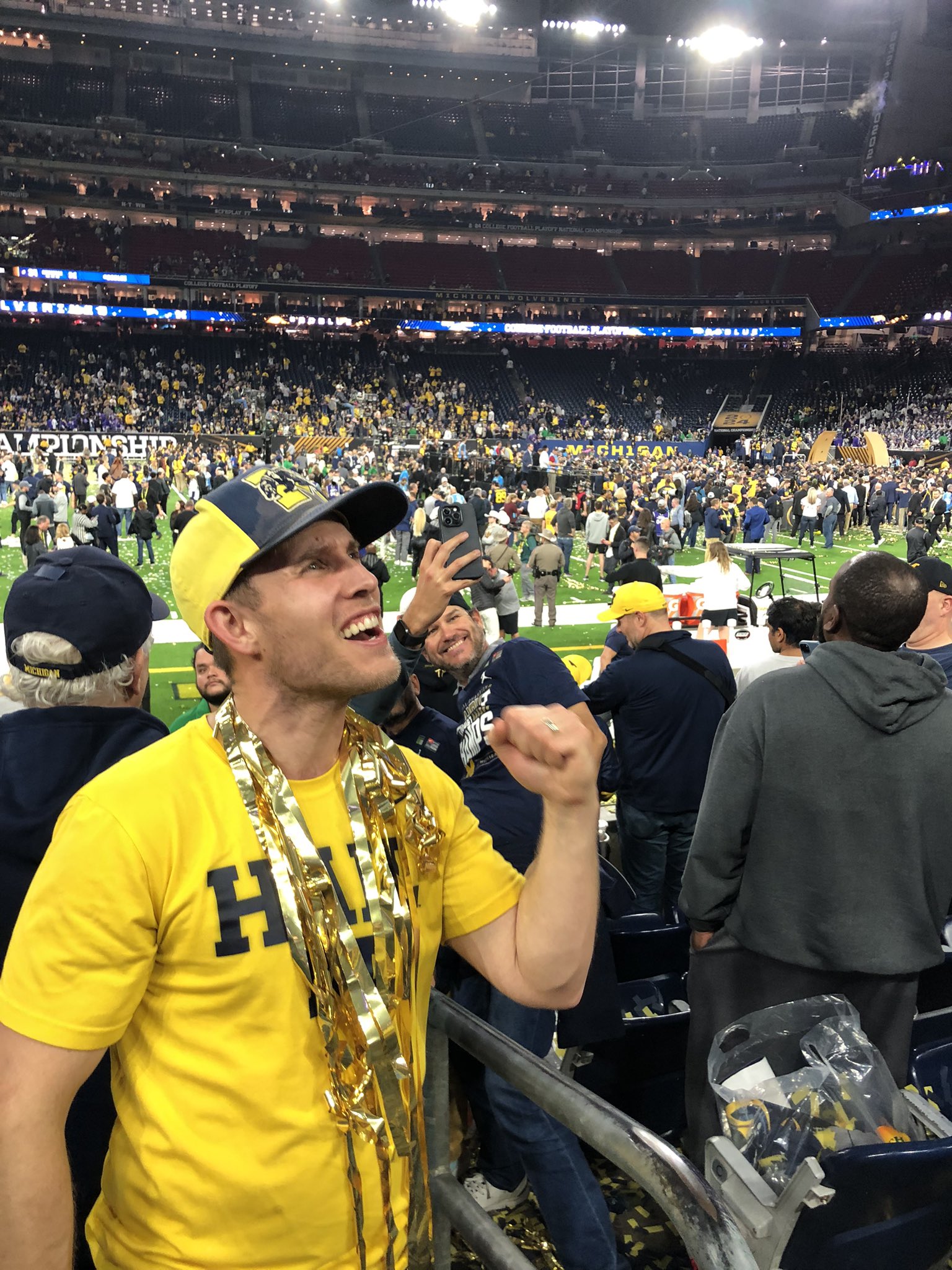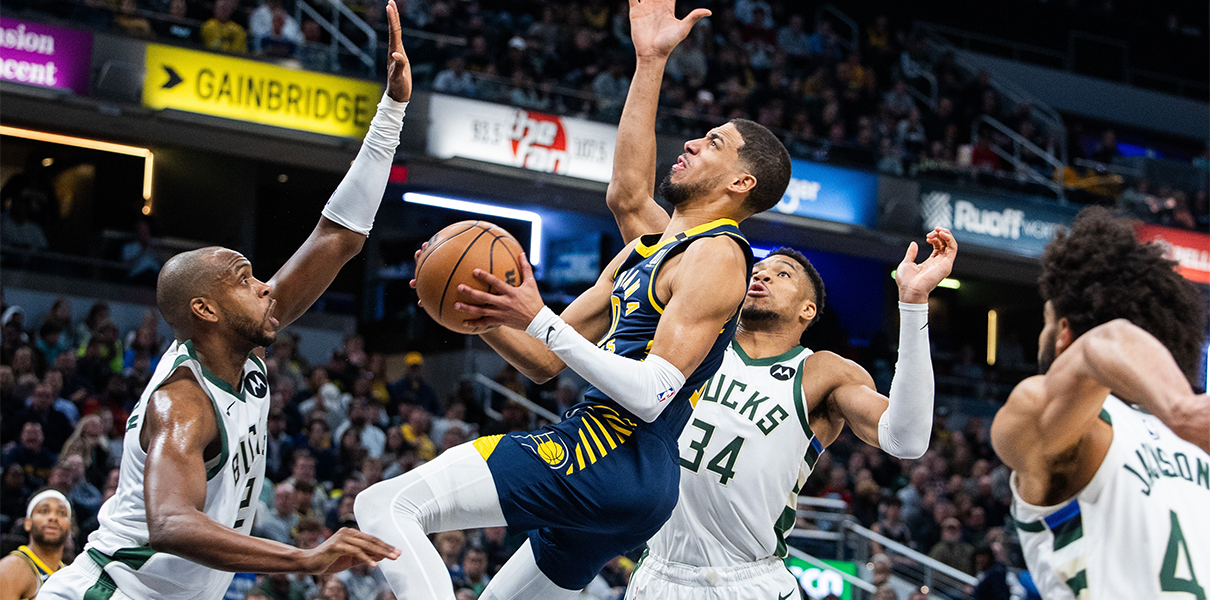
With the entire contract in view, then, I’ll do something folks have asked me to do for some time now: provide a legal analysis of the relative positions of the parties, should they come to blows over signs that block the rooftops’ views into Wrigley Field. Once upon a time, analyzing these kinds of contracts was pretty much the wheelhouse of my practice, and I’d like to think I was pretty good at it.
First, some important caveats:
- I am no longer a practicing attorney, and I haven’t been one for almost three years now (whoa). Even if I were still a practicing attorney, all I could offer you today is a very general, legal perspective on the specific language of this contract, and on the legal principles that govern contract formation/analysis/interpretation/etc. Don’t take my thoughts for any more than they are: the musings of a dude who knows a little bit about contracts, and who is looking at what is purportedly a contract between the Cubs and the rooftops.
- Any lawyer worth his salt – or former lawyer worth his salt – will tell you that, even with the entire contract for viewing, you can’t analyze the entirety of the legal situation without the broader context. That means supporting documents, correspondence between the parties, other agreements that might be in place, statutory and administrative law in the relevant jurisdiction, and the positions/pressure points/etc. of the parties. That last one can be a biggy, because frequently, business decisions supersede legal positions.
- This is a framework agreement, so there may be some idiosyncrasies with respect to the individual rooftops, but I expect that, for the most part, the information in which we’re interested is found in this agreement.
- This is a really bare-bones analysis, written for BN readers. In other words, I’m not drafting a memo for a partner here or a brief for a court. I’m trying to balance meaningful analysis with a writing style that is actually enjoyable/easy to read. You lawyers out there: don’t rip me, yo.
Now, then …
Virtually all of my previous analysis (here and here), based on the provisions that had been revealed at the time, stands up in view of the entire contract. You never want to draw any significant conclusions about a contract based solely on a provision here or there, but it looks like we did, in fact, have most of the important pieces in front of us at that time.
Before analyzing the contract with respect to an impending fight, we’ve got to take a stab at what exactly that fight would be. The best guess here is that the rooftops would claim that, by erecting outfield signage that blocks the views from their buildings into Wrigley Field, the Chicago Cubs have breached the agreement. In other words, the rooftops would be claiming that the Cubs agreed not to block the rooftops views in that way, and by so doing, they’ve violated the rooftops’ contract rights, and the rooftops are owed some kind of relief (damages or injunctive relief (i.e., take down the signs, or wait to put them up until everything is sorted out)).
… but, I’ve got to say, that’s a really tough claim to make, based solely on the language of the agreement, anyway.
First, there is no explicit provision in the agreement guaranteeing the rooftops unobstructed views into Wrigley Field. Based on the rooftops’ posturing, you probably would have expected that, subject to certain conditions, the rooftops have the right to an unobstructed view into the ballpark.
But that simply isn’t the case.
Instead, what the contract contemplates is that the rooftops will pay the Cubs 17% of gross revenues (and 11% of gross revenues tied to billboard advertising) for the right to charge patrons, who will, presumably, be paying the rooftops so they can watch the Cubs’ product. In terms of original obligations, that’s actually all that’s in the contract. (That could be why you see the rooftops’ spokesperson saying things like, “The rooftop owners have paid 10s of millions of dollars to the ownership of the Cubs, and why would we pay that money if we didn’t think our contract was strong?”, as opposed to “our contract gives us an explicit right to unobstructed views into the park, end of conversation.” Back in January, McLaughlin did say that the rooftops believe that any blockage of their views violates the contract, but, since the contract has come into focus, I haven’t heard that same language used again. Perhaps I’ve just missed it – in any case, this is very much just an aside.)
Indeed, the agreement reads to me like the Cubs were rather careful not to explicitly state that the rooftops, by the contract, were entitled to unobstructed views – even though it’s also clear that unobstructed views are what the rooftops were trying to get in this contract.
I know. That sounds contradictory. Stick with me here, because this is going to sound like some legal nitpicking, but it matters.
You have to understand that the rooftop agreement emanated out of a lawsuit involving the rooftops selling tickets for views into the ballpark, and the agreement is actually a settlement of that lawsuit. The agreement, therefore, contemplated settlement of “all of the claims that were or could have been brought” in that lawsuit, without any admissions of fault. If I’m the rooftops, then, I argue that because this agreement emanated from a lawsuit about the rooftops’ views into the park, and because the agreement was intended to settle any claim that had anything to do with that issue, it’s clear that the agreement was intended to preserve the rooftops’ views.
The problem, however, is that it’s quite clear from several explicit provisions of the contract that those views are not protected by the agreement without any conditions whatsoever. Put another way: in some instances, the rooftops’ views can be impacted without a breach of the agreement. So, the rooftops did not receive the right to unobstructed views, subject to certain conditions. Instead, the rooftops received the right not to be sued for collecting revenues based on patrons watching Cubs games, and the Cubs received the right to obstruct the rooftop views, subject to certain conditions.
Section 6 of the contract discusses the various situations in which the Cubs can obstruct rooftop views: primarily, it’s if and when the Cubs expand the bleacher seating area. By way of several provisions designed to protect the rooftops’ businesses, or compensate them if they are harmed, the Cubs are permitted to expand the bleacher seating area in such a way that it obstructs the rooftops’ views. If that happens, the Cubs have to compensate the rooftops – which is not the same thing as being prohibited from blocking views.
Further, Section 6.2 states that only bleacher expansions that take place within the first eight years of the contract (2004 to 2012) qualify for compensation to the rooftops. The implication there is that bleacher expansions that take place after 2012 – as the revised Wrigley Field renovation plan would – are not only permissible under the contract, but also do not qualify the obstructed rooftops for compensation.
The rooftops would counter, of course, that “the” bleacher expansion already took place – in 2005 and 2006. That was the expansion that the parties meant when drafting the contract, and there wasn’t an intention to exclude subsequent bleacher expansions. The problem there is one of contract law: when a contract, on its face, is not unclear – and particularly where there is an integration clause (Section 12) – you generally cannot argue that the parties actually meant something other than is explicitly written. You can try, of course, but the language of the contract, itself, creates a tough presumption to overcome.
(Candidly, I don’t love this line of argument for the Cubs, because the “eight years” thing is not consistently applied throughout the related sections about bleacher expansions, and even Section 6.2 is not as clear as you would like. You also have to get into a debate about whether what the Cubs are doing is truly an expansion of “bleacher seating”, and whether signs that are placed on top of such an expansion are part and parcel of the “bleacher seating.” There are better arguments.)
To my mind, all of this is academic, because of Section 6.6.
As we’ve discussed before, Section 6.6 is the directly-applicable provision with respect to signage erected in the outfield that obstructs rooftop views. It reads as follows:
6.6 The Cubs shall not erect windscreens or other barriers to obstruct the views of the Rooftops, provided however that temporary items such as banners, flags and decorations for special occasions, shall not be considered as having been erected to obstruct views of the Rooftops. Any expansion of Wrigley Field approved by governmental authorities shall not be a violation of this agreement, including this section.
This provision – which is the closest one to explicitly granting the rooftops the right to unobstructed views into the park (but which technically does not actually grant that – is spot on for the current situation. The first sentence of the Section appears, at first, to be inapplicable – the signs are not intended to be temporary, at least not in the sense the contract contemplates. But hang onto that thought.
The meatiest sentence in the entire contract is that second one in Section 6.6: “Any expansion of Wrigley Field approved by governmental authorities shall not be a violation of this agreement, including this section.”
That is a powerful, blanket provision, providing the Cubs the right to obstruct rooftop views by way of “any expansion of Wrigley Field approved by governmental authorities.” Further, because that sentence explicitly states “including this section,” and because it was written together with the sentence regarding “other barriers to obstruct the views of the Rooftops,” the provision is clearly designed to permit the Cubs to obstruct rooftop views by way of “other barriers”, so long as those barriers are part and parcel of “any expansion of Wrigley Field approved by governmental authorities.”
Last year, the Chicago Cubs received the approval of City Council to renovate and expand Wrigley Field – the outfield walls were to be bumped out, literally expanding the footprint of Wrigley Field (and City Council referred to what it was approving as an expansion) – and that renovation/expansion plan included outfield signs that would obstruct rooftop views. In part, presumably, to cover their bases, the Cubs’ revised renovation plan expands bleacher seating, for good measure.
By virtually any reasonable analysis, this is a really problematic provision for the rooftops, presuming their argument is that erecting outfield signage that obstructs rooftop views breaches the agreement. The only conceivable angle I can see for the rooftops, if that is to be their argument, is that they would have to contend that the outfield signage is somehow entirely separate from the rest of the renovation/expansion, and somehow falls outside the ambit of Section 6.6. I can see the contours of that argument, but it’s hard for me to see how it is a reasonable one.
Perhaps the rooftops could argue that the “any expansion of Wrigley Field approved by governmental authorities” language was also simply referring to the 2005/2006 bleacher expansion. The problem there is that the language comes in a section about windscreens and barriers – not directly related to the 2005/2006 bleacher expansion – and there is nothing explicitly tying the expansion referenced in Section 6.6 to any kind of time period or specific project.
When a business is on the line, however, there’s always an argument to be made, and I’m sure the rooftops can come up with others. Because of those caveats I mentioned up top, I can’t tell you that (a) I’m not wrong in my analysis, and/or (b) there isn’t some other argument out there on which to base a successful claim for the rooftops. I can speak only to what my brain sees in the contract, and what it sees is language that is very favorable to the Cubs’ position.
Although that’s the end of my analysis with respect to the anticipated dispute, there are some other interesting provisions in the contract to point out:



